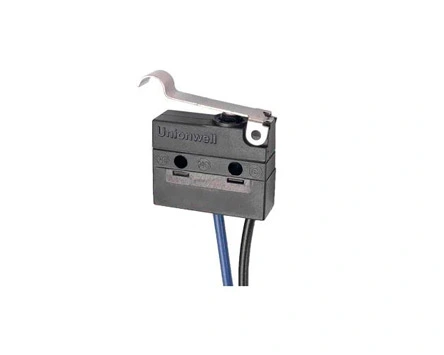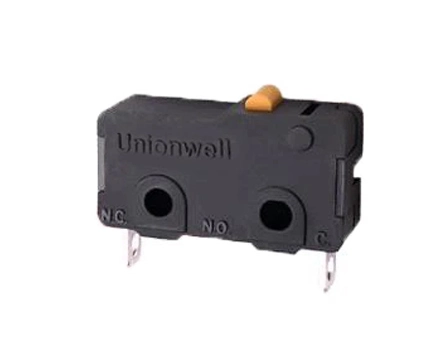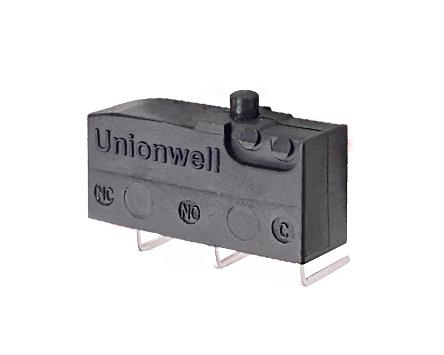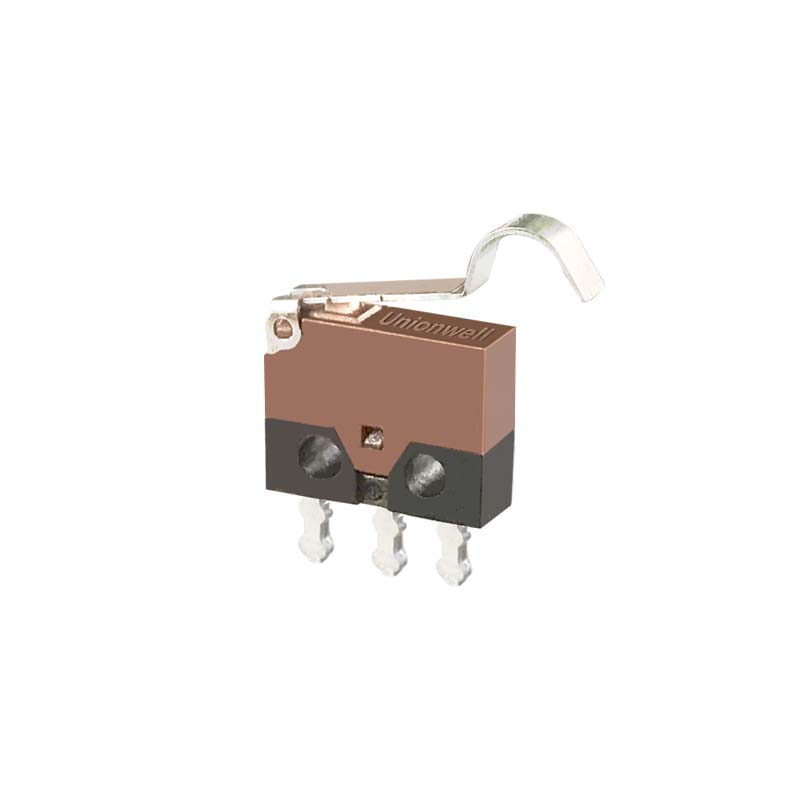
Appliance micro switches, also known as snap-action switches, are a critical component in a wide range of household and industrial appliances. These switches are used to control the flow of electricity to different parts of an appliance and to trigger specific functions. They are often used in appliances such as washing machines, refrigerators, air conditioners, and microwave ovens, among others.
A micro switch is an electrical switch that is actuated by a small amount of physical force, usually from a mechanical device such as a lever or button. The switch has a small, spring-loaded metal lever or contact that is held in place by a tension spring. When the lever or contact is pushed or pulled, it moves a set of electrical contacts that allow or interrupt the flow of electricity to the appliance.
The basic design of an appliance micro switch consists of three main parts: the actuator, the contacts, and the housing. The actuator is the part of the switch that is physically manipulated, such as a lever or button. The contacts are the metal components inside the switch that make or break the electrical connection, and the housing is the protective casing that holds everything together.
When an actuator is pressed, it applies force to a small metal lever or contact inside the switch, causing it to move. This movement causes the contacts to make or break the electrical connection, depending on the design of the switch. For example, in a light switch, pressing the actuator causes the contacts to make contact, allowing electricity to flow to the light bulb and turn it on. Releasing the actuator causes the contacts to break contact, cutting off the flow of electricity and turning off the light.
Micro switches are typically designed to operate in one of two ways: normally open (NO) or normally closed (NC). A normally open switch is one in which the contacts are open when the switch is not being actuated. When the actuator is pressed, the contacts make contact, allowing electricity to flow. A normally closed switch is the opposite; the contacts are closed when the switch is not being actuated, and opening the switch breaks the electrical connection.
Appliance micro switches play a critical role in the operation of many household and industrial appliances. Without these switches, it would be difficult or impossible to control the flow of electricity to different parts of the appliance, resulting in malfunction or damage. For example, a washing machine relies on multiple micro switches to control the water level, temperature, and cycle duration. Without these switches, the machine would not be able to function properly.
Similarly, a refrigerator uses micro switches to control the temperature and humidity levels, as well as to detect when the door is open or closed. Without these switches, the refrigerator would not be able to maintain the proper temperature and could result in spoiled food.
Over the years, there have been significant advancements in the design and technology of appliance micro switches. These advancements have led to more efficient and reliable switches that are better able to meet the demands of modern appliances.
One major advancement has been the development of miniature micro switch. These switches are much smaller than traditional micro switches and are ideal for use in small, portable appliances such as electric razors and handheld vacuum cleaners.
Another advancement has been the use of sealed micro switches. These switches are designed to be waterproof and dustproof, making them ideal for use in appliances that are exposed to moisture or dirt, such as outdoor grills and washing machines.
In conclusion, appliance micro switches are a critical component in many household and industrial appliances. These switches allow for precise control of the flow of electricity to different parts of the appliance.
 English
English  français
français  Deutsch
Deutsch  Español
Español  italiano
italiano  português
português  tiếng việt
tiếng việt  Türkçe
Türkçe  slovenský
slovenský  slovenčina
slovenčina  беларускі
беларускі 


